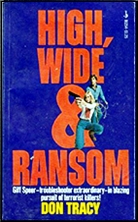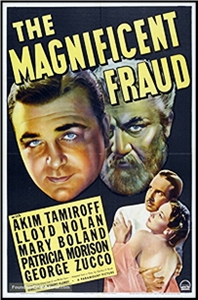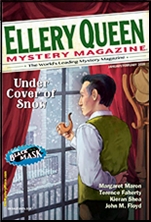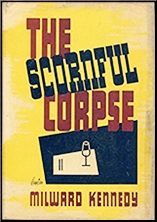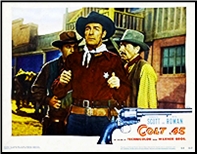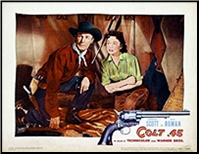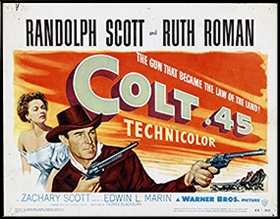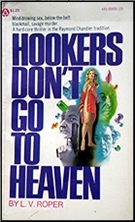REVIEWED BY DAVID VINEYARD:
THE MAGNIFICENT FRAUD. Paramount Pictures, 1939. Akim Tamiroff, Lloyd Nolan, Patrica Morrison, Mary Boland, Ralph Forbes, Steffi Duna, George Zucco, Robert Warwick, Albert Biberman. Screenplay by Gilbert Gabriel and Walter Ferris, based on the unpublished short story “”Caviar for His Excellency,†by Charles G. Booth. Directed by Robert Florey. Remade as Moon Over Parador (1988).
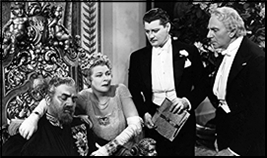
President Alvarado (Akim Tamiroff) is the wise leader of a poor South American nation negotiating with wealthy American Harrison Todd (Ralph Forbes) to save his country, but when Alvarado is assassinated it falls to his right hand man fast talking Yankee Sam Barr (Lloyd Nolan) to cover up the crime so that Alvarado’s crooked successors and Sam can get the money.
To that end Sam has the bright idea of employing theatrical impersonator Jules LaCroix (Tamiroff) to impersonate Alvarado until the deal is sealed and then take his bribe and run. And it seems the perfect plan, with Sam so close to the President no one will doubt his word that Alvarado survived the assassination attempt. Especially with crooked general Robert Warwick and Police Captain Albert Biberman behind him.
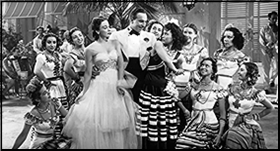
All he has to do is keep the honest Dr. Luis Virgo (George Zucco) away until the deal is sealed and limit who sees LaCroix to a distance.
Sounds easy enough until the complications start to pile on, but then it did in The Prisoner of Zenda too.
Complications include the French policeman Duval (Eugene Crossart) who has just shown up to arrest Jules LaCroix for crimes he committed in France and has been a fugitive from for years. Or Mme. Geraldine Genet (Mary Boland), the famous diva who once was President Alvarado’s lover, and who is there accompanying Claire Hill (Patrica Morrison) as her chaperone as she travels with fiance Harrison Todd.
Then there is the general greed of all the parties involved including LaCroix who finds he likes being President Alvarado and Mme. Genet and Sam’s less than trustworthy partners who are infighting over who replaces Alvarado.

Add beautiful Claire and Sam Barr falling for each other, and Carmelita (Steffi Duna) a Spanish dancer who thinks Sam is already hers and doesn’t like his new attention to Claire, and things are starting to get sticky.
Nor does it help when Sam starts having second thoughts about this little con game and his partners arrest him and throw him in prison with plans for him to “escape†all too easily and collect a bullet in the back. All the while Jules LaCroix is starting to be infected by the nobility of the late President he is impersonating and wondering if the country wouldn’t be better off with Dr. Virgo in charge, certainly as Sam’s partners seem to be planning another assassination.
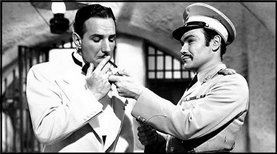
If this sounds like the kind of fast paced pulp story you might have found in the pages of Argosy, Blue Book, or Adventure you aren’t far off, especially considering the screen story is from Charles G. Booth, one of Joe Shaw’s Black Mask Boys who wrote novels like The General Died at Dawn and Mr. Angel Comes Aboard (and picked up an Academy Award for best story for The House on 92nd Street, ironically also with Nolan starring).
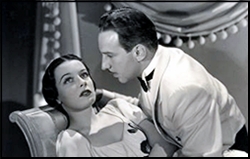
The pacing is that of a pulp story too: tough, fast paced, slightly screw-ball, and filled with eccentric colorful characters. This might be a minor A from Paramount, but the money spent on it shows in the sets and production values.
It’s mostly a showcase for Nolan and Tamiroff who are clearly having fun making it. Nolan, sporting a pencil thin mustache, is playing a familiar role for him, the fast-talking, fast-thinking semi-honest smart guy who goes good at the last possible minute, and Tamiroff adds another great character to his repertoire. The two of them obviously enjoying themselves would be enough alone, but this one is lively fun played in just the right key of laughs, intrigue, action, romance, and Latin American Zenda-ing with wisecracks replacing sword fights.

